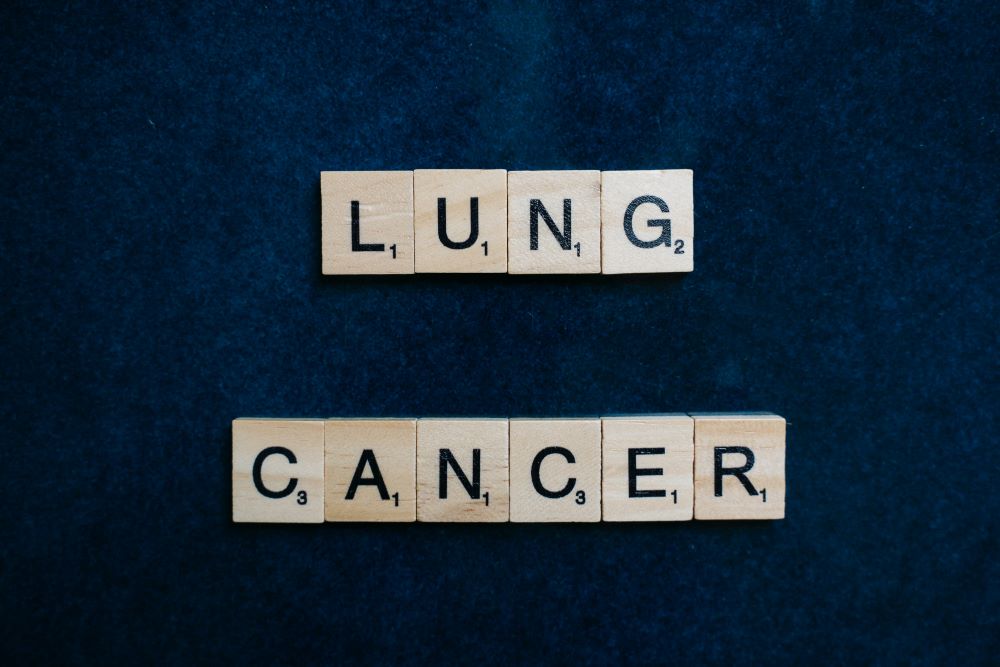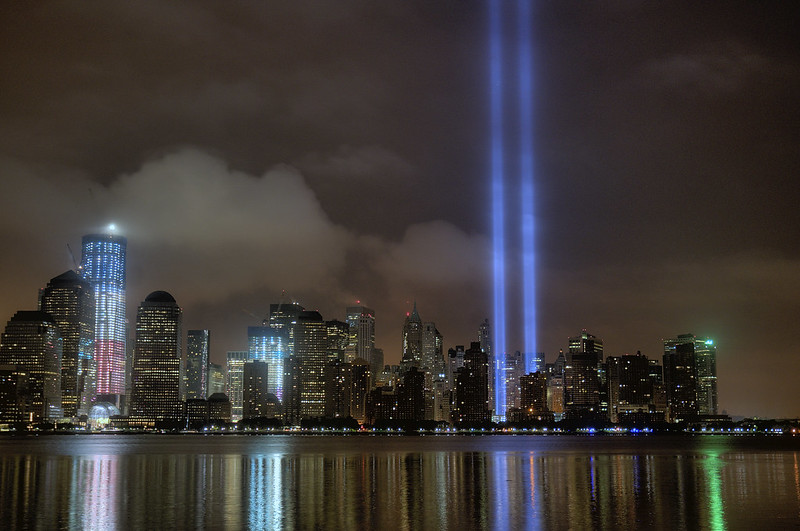The ongoing research and compensation efforts underscore the serious health impacts faced by first responders and residents exposed to the site’s contaminants.
The images of 9/11 are forever etched in our minds. But beyond the immediate tragedy, a silent threat emerged from the dust and debris – the potential for long-term health problems.
For those who were exposed to the toxic cloud that hung over Lower Manhattan for months, concerns about developing cancer have become a chilling reality.
In this article, we’ll discuss the possible link between 9/11 exposure and cancer, explore documented cases, and shed light on whether legal aid exists to help those affected.
Facts of Environmental and Occupational Hazards
The aftermath of 9/11 wasn’t just physically devastating; it also posed a long-term health threat due to environmental and occupational hazards.
The Environmental Protection Agency (EPA) identified numerous toxins in the dust cloud. These included asbestos, benzene, and polycyclic aromatic hydrocarbons (PAHs) – all known carcinogens, according to the National Cancer Institute.
According to studies from the World Trade Center Health Program, responders had a 30% increased risk of certain cancers compared to their peers. However, these toxins weren’t just a concern for first responders like firefighters, police officers, and cleanup crews. They also affected residents and visitors in the surrounding areas.
According to the CDC, around 400,00 people were potentially exposed to toxic contaminants. In addition, they were emotionally distressed even months after the attacks. Understanding these environmental and occupational hazards is crucial when examining the potential link between 9/11 and the development of cancer.
The Emergence of Cancer Cases
Not long after the dust settled from the 9/11 tragedy, in 2002, Dr. David Prezant stated information about the World Trade Center Cough. Gradually, doctors and survivors started noticing a worrying trend—more and more people who were there began getting sick with cancer.

By the mid-2000s, researchers and health experts began connecting the dots between the toxic exposure from the disaster’s aftermath and the spike in cancer cases among first responders and residents. In 2012, most cancers were added to the list of health issues caused by 9/11/ attacks.
As a result, 9/11-related cancer information started popping up, signaling a growing awareness of the health crisis linked to that day. Also, in 2011, President Obama signed the James Zadroga Act, which reopened the 9/11 VCF, including those for cancer patients. Interestingly, there are lawyers who specialize in helping victims claim their compensation related to 9/11 health issues, be it cancer or any other.
Most Common Cancers
In the wake of the 9/11 attacks, the World Trade Center (WTC) Health Program has recognized a range of these cancers. Here’s a look at some of the most common cancers associated with 9/11 exposure:
- Lung Cancer
- Brain Cancer
- Leukemia
- Prostate Cancer (added in 2013)
- Kidney Cancer
- Uterine Cancer
- Multiple Myeloma
- Eye and Orbit Cancer
These cancers have surfaced with increasing frequency among individuals who were in or around the Twin Towers during and after their collapse. According to researchers, lung cancer is a slower-growing disease, and the full toll of these patients in the 9/11 attacks is yet to be diagnosed. Moreover, survivors and respondents of these attacks are 41% more likely to develop leukemia than any average American of the same age.
Prostate cancer’s addition to the WTC Health Program’s covered conditions in 2013 further acknowledged the broad spectrum of 9/11-related health issues. The first responders are 25% more likely to develop more aggressive prostate cancer. Sadly, there are also 219% more chances of them developing thyroid cancer due to the toxins in the dust cloud.
In addition to cancers, even aerodigestive issues are also among the common health issues caused by these attacks. These include Asthma, Gastroesophageal Reflux Disease, Chronic Rhinosinusitis, Nasal Inflammation, and more.
Legal and Financial Support for Victims
If you were affected by the 9/11 attacks, there’s help available. The James Zadroga Act of 2011 provides medical care, treatment, and financial compensation for those suffering from related health issues like cancer. This includes access to the Victim Compensation Fund (VCF), which can offer money for lost wages, medical bills, and pain and suffering.
Additionally, for those who worked or lived in Lower Manhattan or parts of Brooklyn near the World Trade Center site, the New York City Disaster Area (NYCDA) designation may be important for your eligibility.
Navigating these benefits can be complex, so legal aid is widely available. These specialized lawyers understand the ins and outs of 9/11 claims and can help you get the compensation you deserve. They’ll explain your options, guide you through the application process, and fight for your rights.
Wrapping Up!
We hope this discussion has provided clear information on the health concerns post-9/11, particularly the potential links to cancer. The ongoing research and compensation efforts underscore the serious health impacts faced by first responders and residents exposed to the site’s contaminants. For those affected, considering a consultation with a lawyer may be crucial to accessing the benefits and compensation available under the various related health and compensation programs.


Join the conversation!